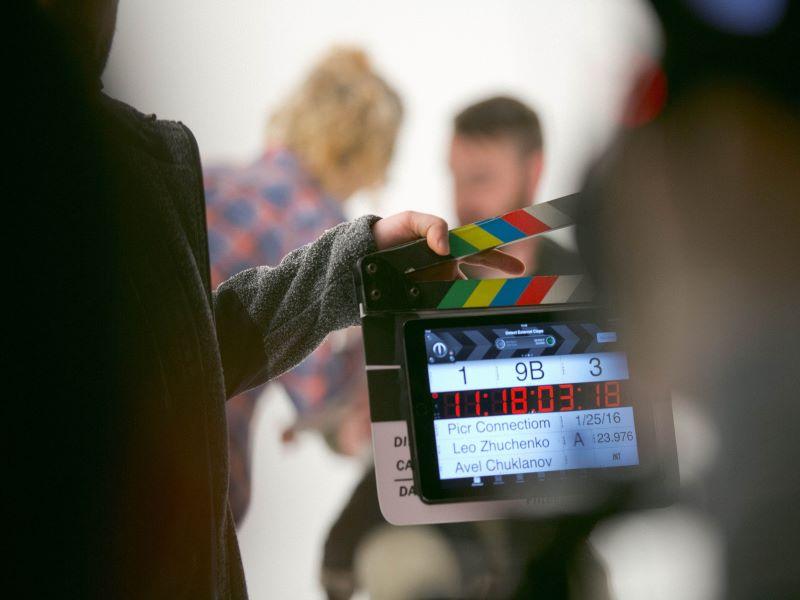Creativity thrives on questions. But students arrive wired for answers. They’ve grown up in systems that reward certainty: right answers, mark schemes, model responses. Add to that the dopamine drip of social media, where every swipe delivers a clear reward, and you get students who find uncertainty not just uncomfortable but intolerable.
So, when they face the ambiguity of a creative brief, they stall. Instead of exploring, they try to shortcut to the end. Instead of playing with possibility, they search for the correct answer.
- Spotlight guide: Creativity in higher education
- ‘Creative students need environments where risk feels possible, not paralysing’
- Spark creativity in your students – and boost their employability
But creativity – which is not just an essential trait for the creative arts but drives innovation across disciplines from STEM to business – doesn’t live there.
Why curiosity is struggling
If students are avoiding deep research and enquiry, it might be because their previous experiences have shaped a mindset that discourages exploration. What’s standing in the way?
- They’re conditioned for fixed outcomes. Years of standardised testing have trained them to seek definite answers. If something doesn’t come with a clear right or wrong, it feels alien, even unsafe.
- They expect instant rewards. From TikTok and Instagram to Google, results are immediate, seamless, fast. Real research? It takes time. It meanders. There’s no instant hit, so students disengage.
- Uncertainty triggers anxiety. Discovery is messy. Without a clear sense of where enquiry is going, many students retreat into safe, familiar territory. It’s not just failure they are avoiding, it’s the unknown.
- Dopamine replaces depth. Algorithm-fed joy is quick and clean. Discovery is slow and often uncomfortable. When students try to “force” the joy of creativity, they can’t access it because true satisfaction builds over time.
- They confuse action with progress. In a world obsessed with visible productivity, staring at a wall thinking feels like failure. But this is often where ideas start to take shape.
All this means that many first-year university students, especially when they first arrive, are increasingly skipping an important part of creative thinking: the not-knowing.
Why it matters when curiosity is missing from learning
When curiosity is lost, creativity becomes performance. Students stop searching. They produce what they think is expected: neat, tidy, derivative.
The work gets shallower. Without space to question, wander and wonder, ideas rarely go beyond the surface. They become predictable, even if they’re polished.
The creative process feels frustrating. Students want answers now, but the best ideas often come from sitting with ambiguity, following tangents and allowing space for surprise.
And, perhaps most importantly, students stop trusting themselves. They come to believe that if something isn’t instantly clear, it must not be right.
How to help students relearn the value of discovery
That’s why I don’t just teach creativity. I teach students to sit with the unknown and to see that space not as a void but as the birthplace of original thinking. Here are ways I’ve been helping students reconnect with their curiosity:
Make the process the main event, not just a means to an end. Celebrate the kind of process that fuels original thought with value. For example, we highlight and discuss whose research has genuinely pushed a project into new and meaningful territory. This is not just for novelty’s sake, but because the thinking adds depth and direction.
Delay the dopamine. Encourage students to sit with uncertainty. Give them opportunities to let questions hang without rushing to Google for instant solutions. I sometimes ask students to gather offline insights – for example, spend time observing people at McDonald’s over different times of the day, noticing behaviours, moods and habits. Fostering their real-world curiosity will help retrain their instinct towards patient, open-ended discovery rather than seeking quick digital answers.
Show what shallow research creates. Set a challenge, then reframe the challenge. For example, start with: “Design a chair”, then follow with: “Create a way for someone to rest, think or feel grounded in a space.” The first prompt often leads to similar, surface-level ideas, while the second encourages more varied, human-centred responses. It’s a simple way to show how the way we frame tasks can restrict or unlock creative thinking.
Build in incubation time. After students have explored and gathered insights, I insist they step away. Teaching them that breakthrough moments often happen away from the desk helps normalise the slow, invisible work of creativity.
Educating the creatives of tomorrow
When students realise that curiosity is where the best ideas begin, they start to see research as a creative act, not an academic obligation or an end in itself.
If we want to nurture the next generation of original thinkers, we need to shift students away from fixed outcomes and back into the mindset of discovery. Curiosity might feel slow, uncertain and at times uncomfortable, but it’s exactly what creativity demands.
David Thompson is a senior lecturer in creative advertising at the University of Lincoln.
If you’d like advice and insight from academics and university staff delivered direct to your inbox each week, sign up for the Campus newsletter.




comment